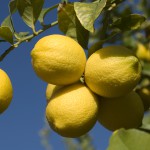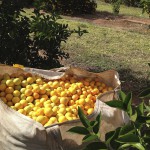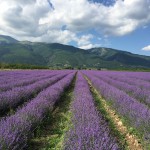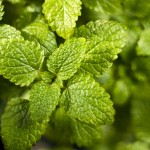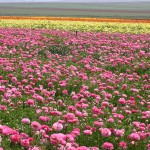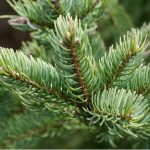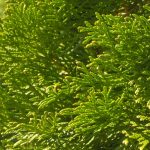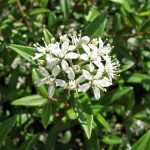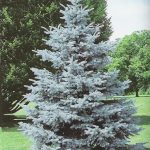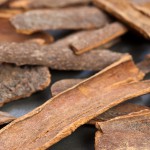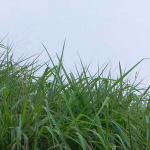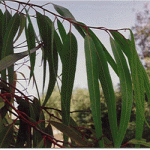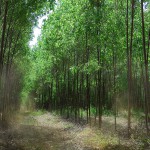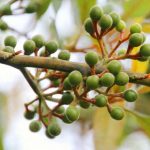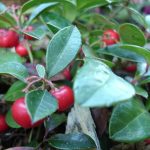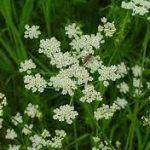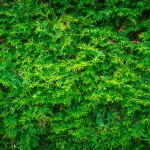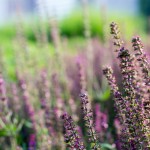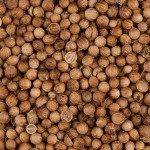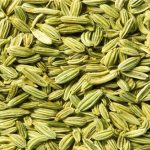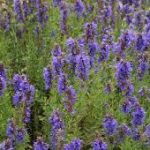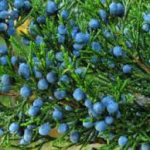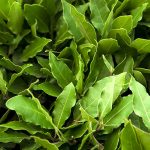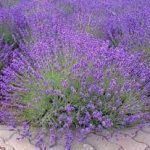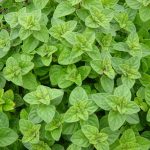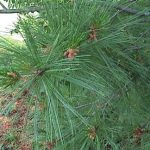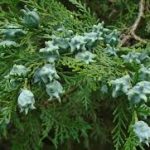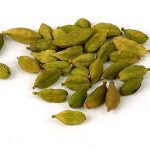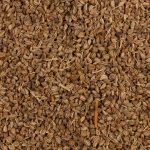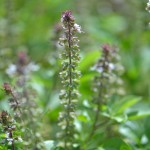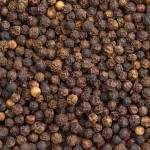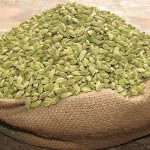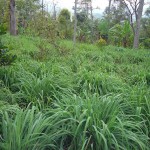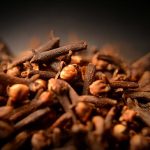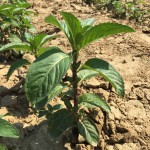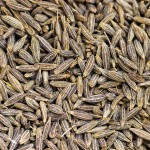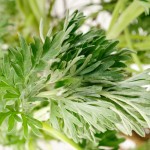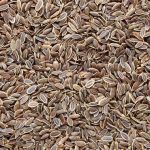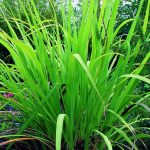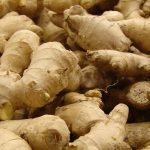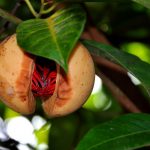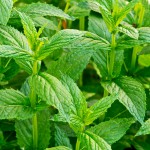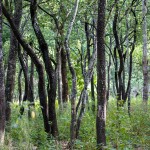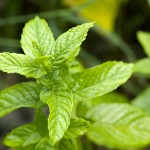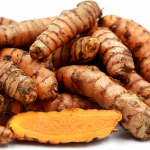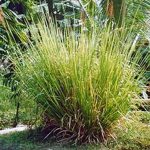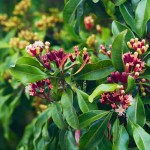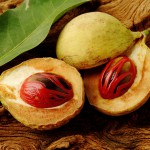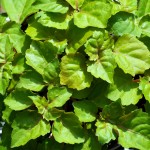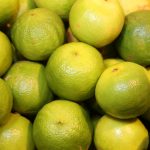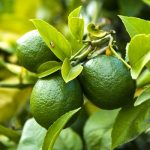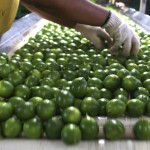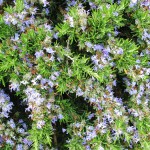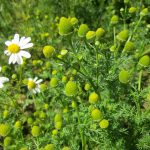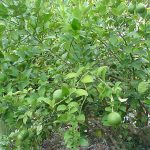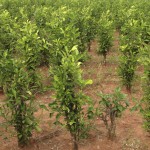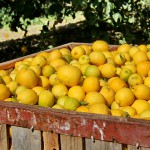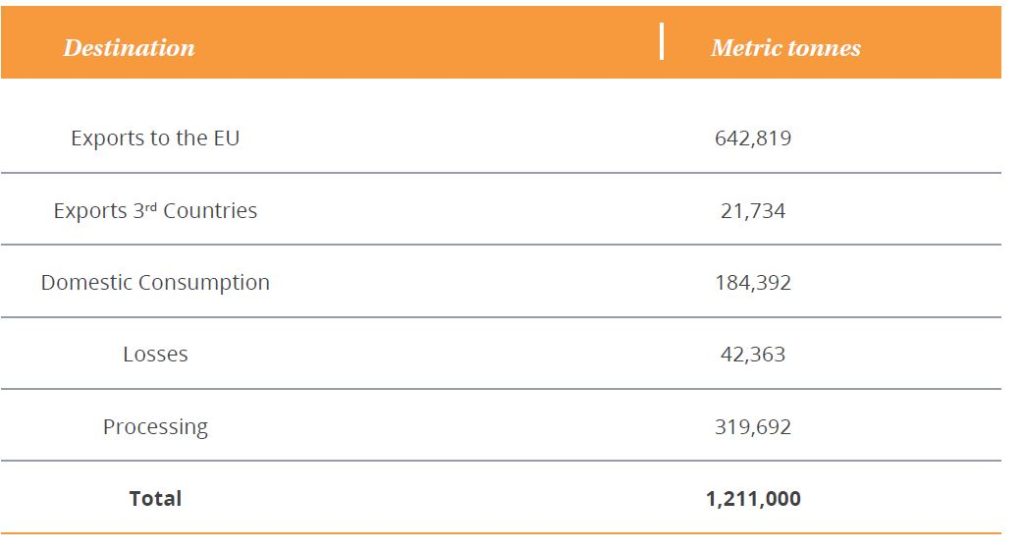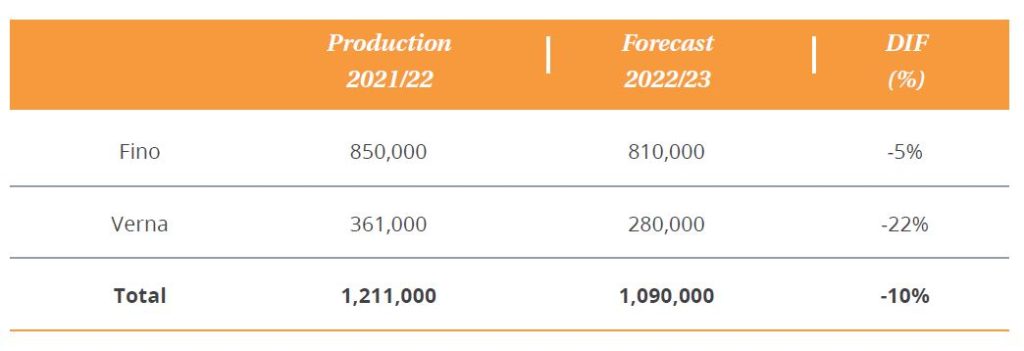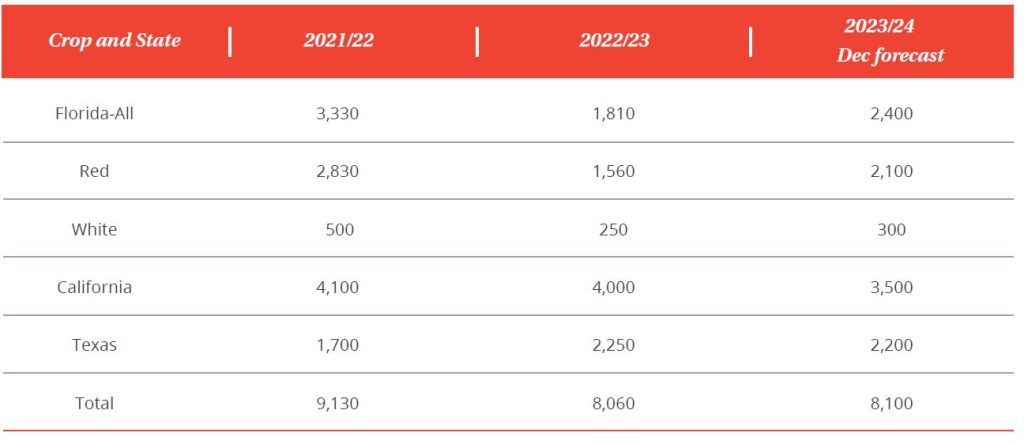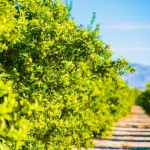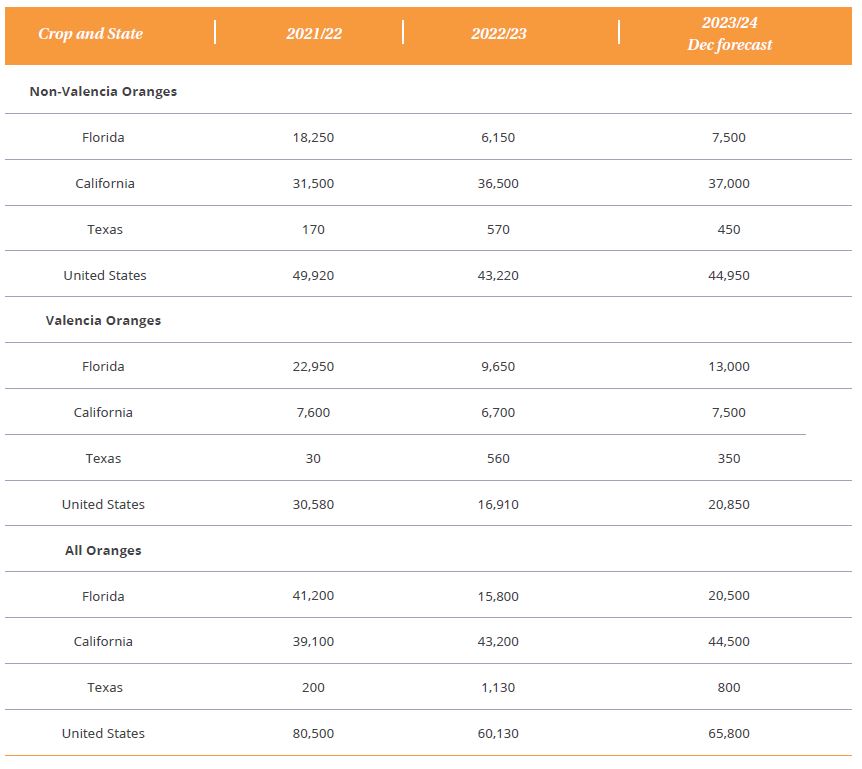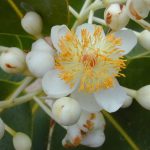Nutmeg Oil
Myristica fragrans
Harvest: All Year
Nutmeg Cultivation and Harvesting Insights. Nutmeg is a highly sought-after spice with significant economic importance in Indonesia, particularly in Sulawesi, Sumatra, and Java. The country stands as a major global producer of nutmeg, contributing to both local consumption and international trade. However, the nutmeg industry faces several challenges that impact production, yield, and quality. A nutmeg tree takes 5 years to yield fruits, and the peak production is around 15 years; then, the yield starts declining, but a nutmeg tree can live up to 40 years.
Key Findings
Mature Nutmeg Selection for Spice (collected after 9 months) Larger nutmegs are preferred for the spice industry. Currently, the spice market is 200% more lucrative than the oil market. 90% of the time it is more interesting, so farmers tend to leave the nutmeg fruits on the tree for an additional 3 months. Sulawesi is by far the largest producer of nutmeg in Indonesia, but it is mostly farmed for the spice. The quality of the oil is not as suitable as the qualities coming from Sumatra and Java. The Red Nutmeg Mace is mainly used for spice. However, some is also produced for the oil on demand.
Small Nutmegs for Essential Oil Smaller nutmeg fruits are used for essential oil extraction. Today they have lower myristicin content (7-8%) compared to (9-10%) in the past. The main reason for this decrease is due to climatic changes (last 3 years of rainy seasons). The mature nutmeg spice’s skin is also added in the distillation.
Intercropping Nutmeg and Cocoa or other crops Nutmeg and cocoa intercropping is possible with an 8-metre gap between plants. Nutmeg can intercrop with many other crops. In Sumatra, it often grows in jungles. And if the price is not attractive anymore the farmers would just not harvest and grow something else. They often have different crops to diversify the risk and make sure they have food at the end of the day.
Harvesting Seasons Nutmeg harvesting season varies between August and November (9 months from blooming for the spice and 6 months for the oil).
Climatic Impact on Harvest The 2023 forecast suggests reduced harvest due to adverse climate conditions (excessive rain and warmth). Initial warmth is crucial for fruit growth, which has been compromised by heavy rains.
Challenges in Nutmeg Production Nutmeg production in Indonesia faces various challenges, including fungal infections and adverse environmental conditions, which adversely affect production, yield, and quality.
Nutmeg Production and Yield Calculation There are approximately 200 nutmeg trees per hectare, each producing 30 kg of fruit annually. Approximately 4 kg of dry seeds can be extracted from these 30 kg of fruit. So you can consider 800 kgs of dried seed per hectare. The yield of oil is around 7%, resulting in an estimated oil yield of 56 kg per hectare. Considering that there is between 100 and 150 MT of nutmeg oil produced in Indonesia, you would need between 1,785 hectares and 2,700 hectares to produce the whole quantity. 95% of nutmeg farmers have 1 hectare or less. However, we estimate that there are approximately 128,000 hectares of nutmeg in Indonesia. More than 95% is for the spice, and the main production is in Sulawesi, but the quality is not good for the oil. There are approximately 20,000 MT of nutmeg fruit spice grade.
(Yield of nutmeg fruit is 0.8 kg per tree)
Future Forecast & Challenges Today, the spice market is 200% more lucrative than the oil industry, so most farmers are waiting for the spice grade unless they need quick cash. Regrettably, fungal infections pose a significant challenge to nutmeg production, leading to premature breaking and damage of nutmegs. There is currently no effective prevention for this fungal virus, resulting in declining yield and quality over time. Finally, the change in climatic conditions with three years in a row of no dry season affected the crop severely.
Market price : USD 95.00 /kilo
 Browse and discover all the latest on over 90 key essential oils from more than 20 growing regions around the world. In addition, our download version is packed full of additional articles including: Nutmeg a Treasured Spice and Healing Elixir; A Fragrant Winter Collection; Berlin 2023 IFEAT’S Best Conference Ever? and The Ultra Festival Cocktails and Dinner Event-IFEAT Berlin 2023
Browse and discover all the latest on over 90 key essential oils from more than 20 growing regions around the world. In addition, our download version is packed full of additional articles including: Nutmeg a Treasured Spice and Healing Elixir; A Fragrant Winter Collection; Berlin 2023 IFEAT’S Best Conference Ever? and The Ultra Festival Cocktails and Dinner Event-IFEAT Berlin 2023 Ultra International B.V.
Ultra International B.V.
